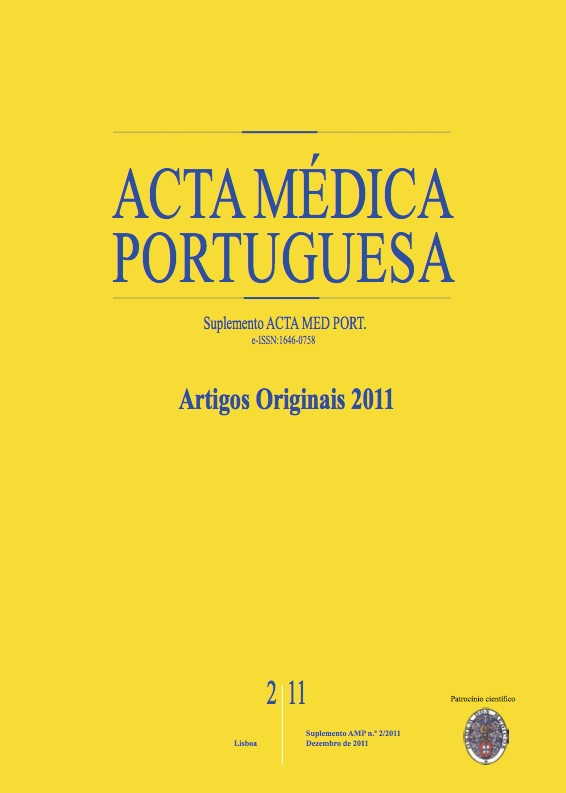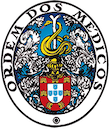Condições de assistência ao recém-nascido na sala de partos: inquérito nacional (2009).
DOI:
https://doi.org/10.20344/amp.1507Resumo
In Portugal, since 1989, the rates of maternal, perinatal and neonatal mortality present a significant decrease, after the implemented perinatal network. The continuous assessment of the existing conditions at the different levels of perinatal care is essential to identify deviations from normality and may allow the optimization of quality of care.To obtain information on and to evaluate the conditions and practices of neonatal resuscitation at the Portuguese delivery rooms, in order to propose measures for improvement of neonatal care.An electronic questionnaire was sent to 35 hospitals with maternity. The survey included questions regarding to human and material resources, characteristics of delivery room practices used in stabilization / resuscitation of the newborn, number of deliveries and number of newborns transferred after birth per year, as well as issues related with the collaboration of obstetric teams.Thirty centres (86%) answered the questionnaire, 16 of the respondents were level III maternities/hospitals. In eight (27%) centres a paediatrician is present at all deliveries, whereas in the remaining centres a paediatrician is available only for risk situations. The material unavailable in some centres include cardio-respiratory monitoring equipment, support device with pressure controlled ventilation, oxygen blender, ventilator, CPAP (continuous positive airway pressure), neonatal transport incubators and equipments for thoracocentesis and paracentesis. The criteria used for prophylactic surfactant and oxygen use are very different among the various centres. All centres reported transferring newborns after birth, either because of lack of differentiation of care or vacant beds. The centres with perinatal support reported less cooperation of the obstetric teams.The care of the newborn in the national delivery rooms can and should be improved. It is necessary to adapt the equipment and human resources to the needs of each centre. Protocols and practices such as oxygen and "prophylactic" surfactant must be updated, transport after birth must be reduced and the communication with the obstetric teams should be improved.Downloads
Downloads
Como Citar
Edição
Secção
Licença
Todos os artigos publicados na AMP são de acesso aberto e cumprem os requisitos das agências de financiamento ou instituições académicas. Relativamente à utilização por terceiros a AMP rege-se pelos termos da licença Creative Commons ‘Atribuição – Uso Não-Comercial – (CC-BY-NC)’.
É da responsabilidade do autor obter permissão para reproduzir figuras, tabelas, etc., de outras publicações. Após a aceitação de um artigo, os autores serão convidados a preencher uma “Declaração de Responsabilidade Autoral e Partilha de Direitos de Autor “(http://www.actamedicaportuguesa.com/info/AMP-NormasPublicacao.pdf) e a “Declaração de Potenciais Conflitos de Interesse” (http://www.icmje.org/conflicts-of-interest) do ICMJE. Será enviado um e-mail ao autor correspondente, confirmando a receção do manuscrito.
Após a publicação, os autores ficam autorizados a disponibilizar os seus artigos em repositórios das suas instituições de origem, desde que mencionem sempre onde foram publicados e de acordo com a licença Creative Commons









